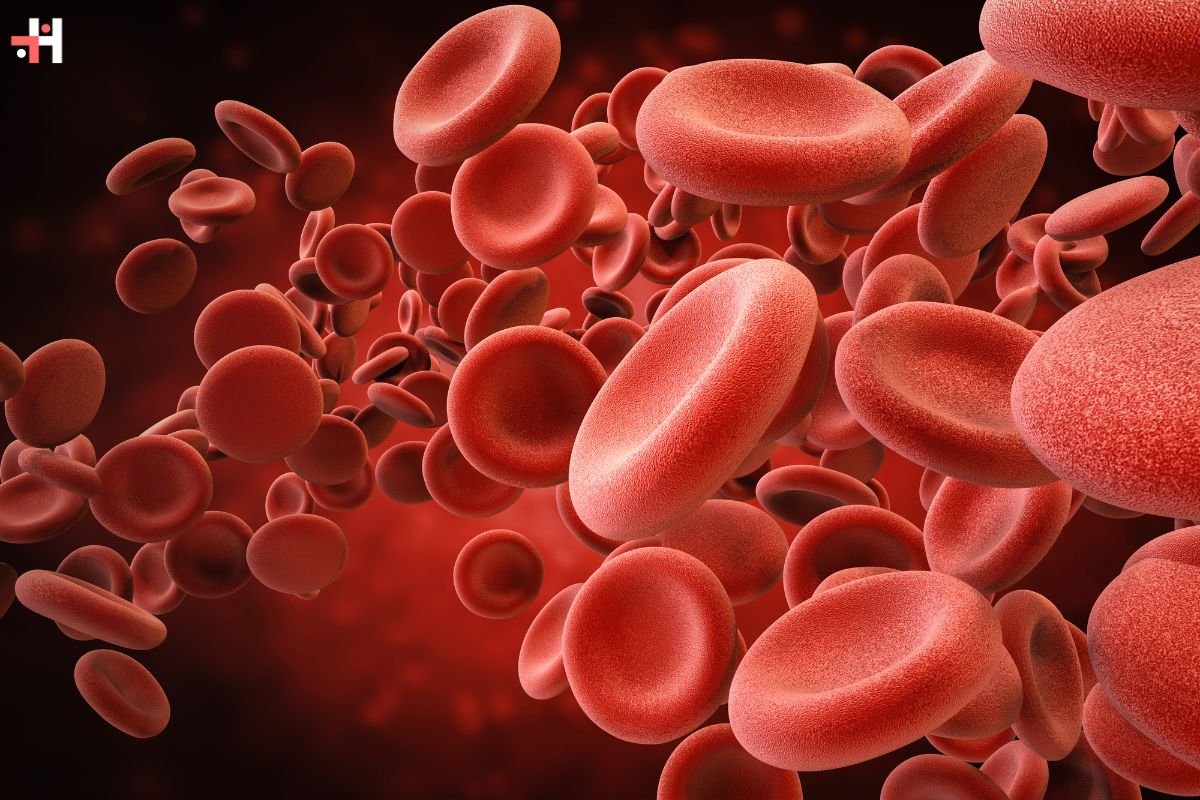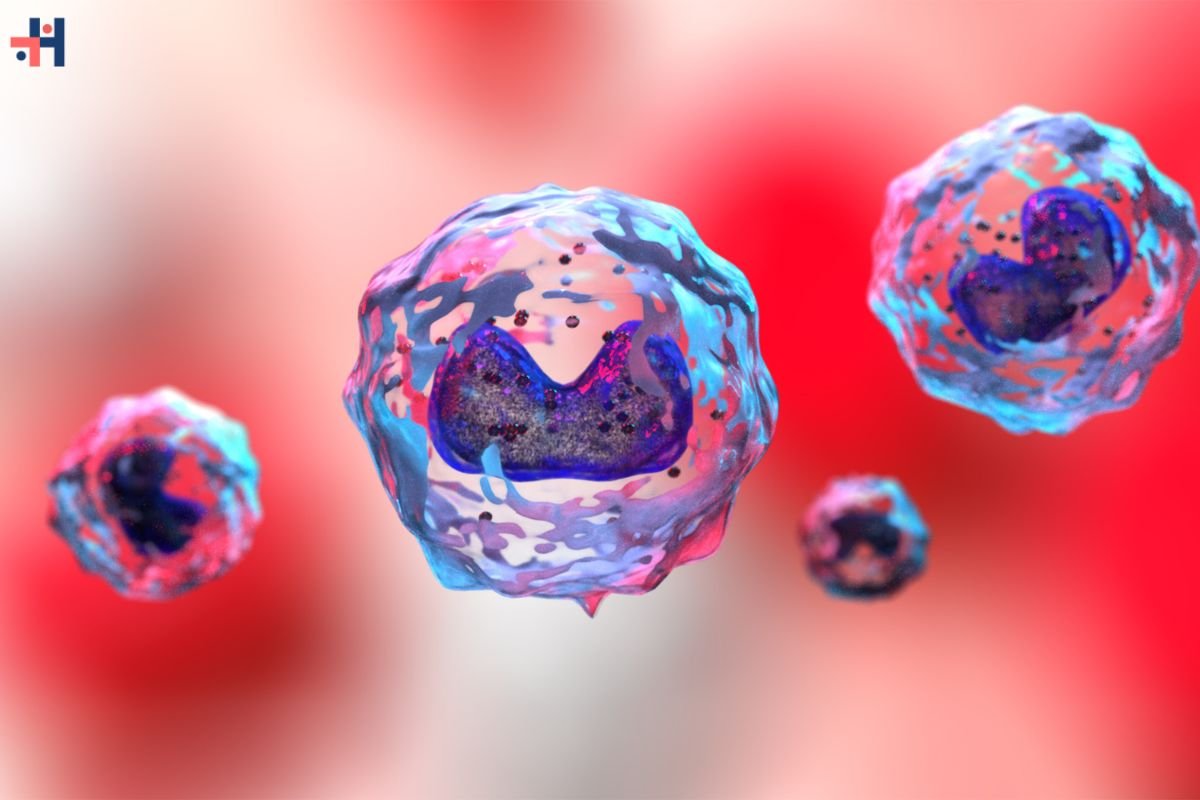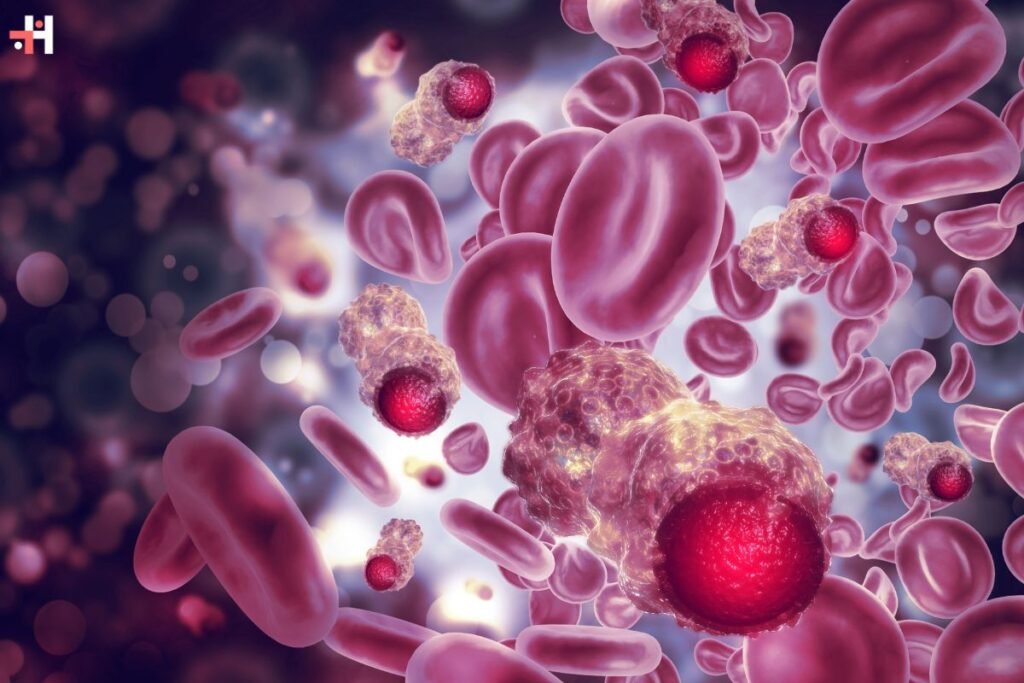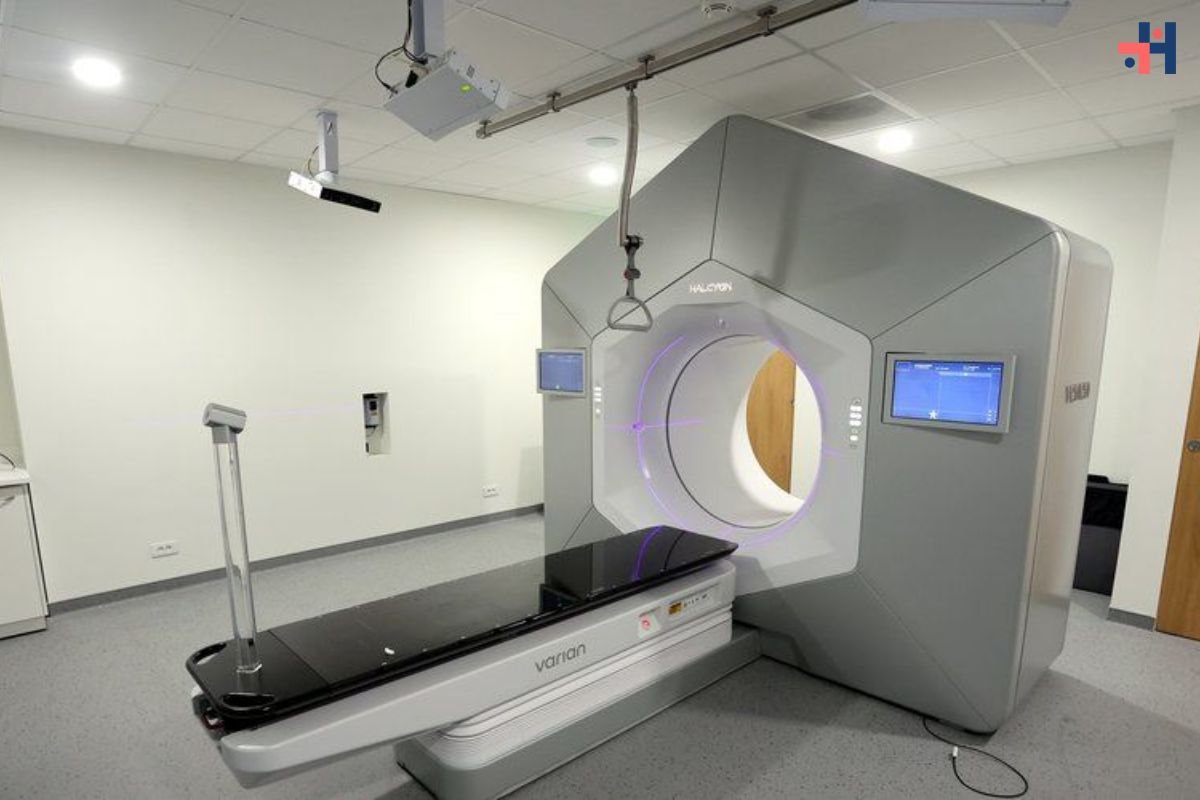Blood is a dynamic and vital fluid that sustains life by carrying essential substances throughout the body. Composed of cellular elements suspended in plasma, blood performs a multitude of functions, including oxygen transport, nutrient delivery, waste removal, and immune defense. Central to these functions are the diverse types of cells in blood, each with its unique characteristics and roles. In this comprehensive guide, we will delve deeper into the various types of cells in blood, their functions, and their significance in maintaining overall health and well-being.
Red Blood Cells (Erythrocytes):
Red blood cells, or erythrocytes, are perhaps the most recognizable and abundant cells in the blood. Their primary function is to transport oxygen from the lungs to tissues throughout the body and to carry carbon dioxide back to the lungs for exhalation. This vital task is facilitated by hemoglobin, a protein contained within red blood cells that binds to oxygen molecules. The unique biconcave shape of red blood cells allows for increased surface area, optimizing the exchange of gases in the lungs and tissues.

Despite their lack of a nucleus and other organelles, red blood cells are remarkably efficient at their job. They are continuously produced in the bone marrow and have a lifespan of approximately 120 days before being removed by the spleen and liver. Maintaining an adequate number of red blood cells is crucial for preventing conditions such as anemia, which can result in fatigue, weakness, and other health complications.
White Blood Cells (Leukocytes):
White blood cells, or leukocytes, are a diverse group of cells that play a critical role in the body’s immune system. Unlike red blood cells, which primarily circulate in the bloodstream, white blood cells can migrate out of blood vessels and into tissues to combat infections and foreign invaders. There are several types of white blood cells, each with specialized functions:
- Neutrophils: Neutrophils are the most abundant type of white blood cell and are often the first responders to infections. They engulf and destroy bacteria and other pathogens through a process called phagocytosis.
- Lymphocytes: Lymphocytes are essential for adaptive immunity, which involves the production of antibodies and the coordination of immune responses. B cells produce antibodies, while T cells directly attack infected cells.
- Monocytes: Monocytes are large white blood cells that can differentiate into macrophages when they migrate into tissues. Macrophages play a crucial role in engulfing and digesting pathogens, dead cells, and cellular debris.
- Eosinophils: Eosinophils are involved in the immune response to parasitic infections and allergic reactions. They release toxic substances that kill parasites and help modulate inflammation.
- Basophils: Basophils release histamine and other chemicals that promote inflammation and allergic responses. They play a role in the body’s defense against parasites and allergic reactions.
White blood cells are continually produced in the bone marrow and play a vital role in protecting the body against infections and diseases. A healthy immune system relies on the proper functioning and balance of these different types of white blood cells.

Platelets (Thrombocytes):
Platelets, also known as thrombocytes, are small cell fragments that play a crucial role in blood clotting and wound healing. When blood vessels are damaged, platelets adhere to the site of injury and release chemical signals that attract more platelets and promote clot formation. This process, known as hemostasis, helps prevent excessive bleeding and facilitates the repair of damaged tissues.
In addition to their role in blood clotting, platelets also release growth factors that stimulate tissue repair and regeneration. They play a vital role in the healing process after injuries, surgeries, and other traumatic events. Maintaining an adequate number of platelets is essential for ensuring proper blood clotting and wound healing.
Applications of Understanding the Types of Cells in Blood:
- Medical Diagnosis: Healthcare professionals rely on analyzing the composition of blood cells to diagnose various medical conditions and diseases. Abnormalities in red blood cell counts, white blood cell types, or platelet levels can indicate underlying health issues such as anemia, infections, leukemia, or clotting disorders.
- Treatment Planning: Understanding the types of cells in blood is crucial for planning appropriate medical interventions. For example, patients with anemia may require iron supplementation or blood transfusions to increase red blood cell levels, while those with infections may benefit from antibiotics to target specific types of white blood cells.
- Blood Transfusions: Blood transfusions involve the transfer of blood or blood products from a donor to a recipient to replace lost blood or treat certain medical conditions. Matching the blood type and compatibility of red blood cells, white blood cells, and platelets is essential to prevent adverse reactions and ensure the effectiveness of transfusions.
- Monitoring Health and Wellness: Regular blood tests, such as complete blood counts (CBCs), provide valuable insights into an individual’s overall health and wellness. Tracking changes in blood cell counts over time can help identify trends, detect potential health problems early, and monitor the effectiveness of treatment interventions.
- Research and Development: Researchers study blood cells to gain insights into the underlying mechanisms of diseases and develop new diagnostic tools, treatments, and therapies. Understanding how blood cells interact with pathogens, drugs, and other substances helps advance medical science and improve patient outcomes.

Frequently Asked Questions (FAQ) About Blood Cells:
1. What are the main types of cells in blood?
- The main types of cells in blood are red blood cells (erythrocytes), white blood cells (leukocytes), and platelets (thrombocytes).
2. What is the function of red blood cells?
- Red blood cells transport oxygen from the lungs to tissues throughout the body and carry carbon dioxide back to the lungs for exhalation.
3. What is the role of white blood cells in the immune system?
- White blood cells play a critical role in the body’s immune system by defending against infections and foreign invaders. They include neutrophils, lymphocytes, monocytes, eosinophils, and basophils.
4. How do platelets contribute to blood clotting?
- Platelets help facilitate blood clotting by adhering to the site of blood vessel injury, releasing chemical signals that attract more platelets, and promoting the formation of blood clots to stop bleeding.
5. What can abnormalities in blood cell counts indicate?
- Abnormalities in blood cell counts can indicate various medical conditions and diseases, including anemia, infections, leukemia, clotting disorders, and autoimmune diseases.
Conclusion:
The cellular components of blood are integral to the body’s overall function and well-being. Red blood cells transport oxygen to tissues, white blood cells defend against infections, and platelets facilitate blood clotting and wound healing. Understanding the roles and functions of these different types of cells in blood is essential for appreciating the complexity of the body’s circulatory and immune systems. By maintaining a healthy balance of these cellular components, individuals can support optimal health and resilience against diseases and infections.










